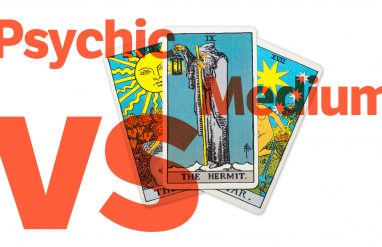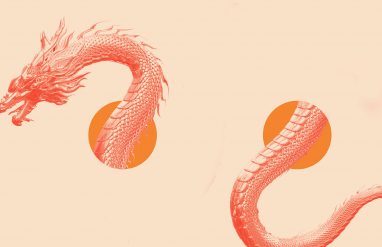Let’s start with the two that have scientific names. Hares and rabbits are both in the family Leporidae, but they’re separate species. Both animals have long ears, powerful back legs, and a divided upper lip. But, hares are larger than rabbits. And, instead of creating burrows, hares make nests in the grass. The exposed nesting sites of hares hint at another big difference—when they’re born.
Hares are precocial, born with their eyes open and fur grown in, which means they don’t require a lot of parental care. Rabbits, on the other hand, are born naked, blind, and helpless, which is why it’s smart for them to live in more secure dens underground.
Where did the word rabbit come from?
Until the 18th century, rabbits were called coneys, based on the French conil, shortened from the Latin cuniculus. Rabbit first referred to the young of coneys until eventually the word took over in popularity. Incidentally, that’s also the origin of the name Coney Island (or Rabbit Island), the beachside amusement park in New York. It is one of the only references to coney that’s still used in North America.
Where did the word hare come from?
The word hare is a very old one in the English language. Developing from the Old English hara, hare is recorded before 900. The deeper roots of hare are Germanic in origin; compare the Danish word hare. Hare is related to the Dutch haas and German Hase. The Old English hasu meaning “gray,” may be connected to hare.
Where did the word bunny come from?
So, what about bunnies, and specifically the Easter bunny? Bunny was originally (and sometimes still is) used as a term of endearment for a young girl. Over time, it started to mean a young and/or small animal, and now it usually means a rabbit.
But, when German immigrants brought the traditions of (Kriss Kringle and) the Easter hare. The night before Easter, children would find a quiet corner in their house and make a nest out of clothing for the Easter hare to come lay eggs (the origin of the Easter basket). The word hare was dropped on its way across the Atlantic and the fuzzier, cuddlier word bunny was applied in its place.
Why a hare and not, you know, a chicken to lay those Easter eggs? The intensely short gestation period and well-known reproductive speed of hares and rabbits have a long cultural association with spring and fertility. Hares are usually shy and isolated creatures, but their spring mating ritual makes them most conspicuous to humans in March and April. The phrase “mad as a March hare” hints at that mating season, when hares can be seen boxing each other as part of their unruly courtship ritual. Eggs are also a fertility symbol, and during the Lent fast, Catholics were traditionally not allowed to eat eggs, so they became part of the Easter feast. There’s a lot happening in those relationships, but it seems that the bunny-egg entanglement is here to stay.














